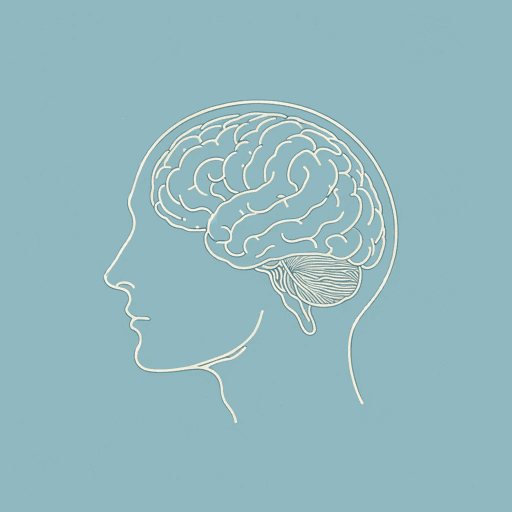56 pages • 1 hour read
David HumeA Treatise of Human Nature
Nonfiction | Book | Adult | Published in 1739A modern alternative to SparkNotes and CliffsNotes, SuperSummary offers high-quality Study Guides with detailed chapter summaries and analysis of major themes, characters, and more.
Book 1, Part 2Chapter Summaries & Analyses
Book 1, Part 2 Summary
Hume turns to other philosophers’ arguments about the limits of human understanding. He discusses the idea of “infinite divisibility,” the concept that any measurement of space or time can be broken down into smaller parts infinitely. Hume considers the example of “the thousandth and ten thousandth part of a grain of sand” (76). He can hold the idea of the number itself and the idea of a grain of sand, even if he cannot envision what such a microscopic piece of sand would look and feel like. Likewise, Hume points out that if you drew a spot of ink on a piece of paper and walked away from it, there will be a point when you can no longer see it. All this suggests that a person’s impression of the image itself cannot be divided into smaller parts of itself past a certain point (76-77). For Hume, these observations prove the limitations of the human mind in forming ideas about the infinitely small or the infinitely vast. Plus, Hume argues a person can have an abstract idea of a “unity” that can include any number of subjects, including the entire world or even the universe (79).
Related Titles
By David Hume




